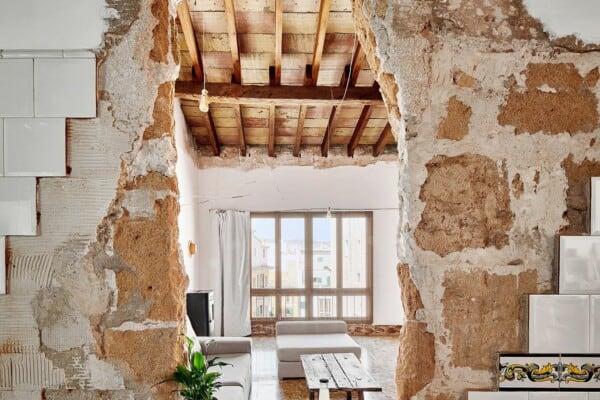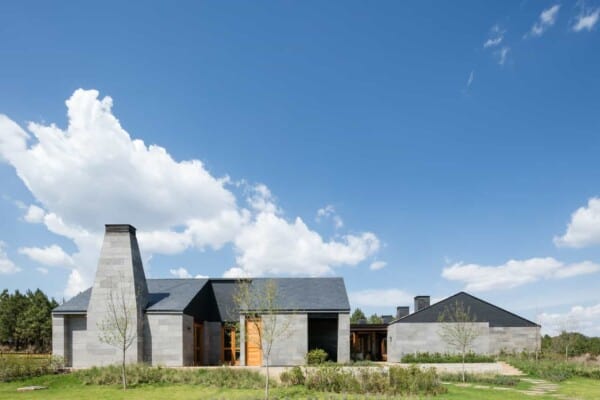Nestled amongst the leaves and vines in Cervaes, in the Vila Verde region or Portugal, Torre de Gomariz Wine Spa Hotel, designed and built by Paulo Braga + Cristina Amaral, provides a luxury getaway that prioritizes calm and comfort.


The Quinta de Gomariz is a stunning estate in Northern Portugal that has an impressive local history reaching as far back as the late 13th century. The estate includes several buildings that are protected thanks to having been listed as local heritage buildings, the most important of which is the Tower of Gomariz. This historical gothic structure was originally a defensive tower and was built in the late 15th century.



The biggest building, the main manor of the estate, was built slightly later, at the beginning of the 18th century. This manor sits adjacent to the tower. Also from the 18th century’s era on the estate are the stunning old chapel, the main gate, and the walls that circle and enclose the entire edge of the estate itself.



At the time of this project, design teams became involved with the intention of preserving these historical buildings and all their history, which would in turn bolster the economic stability of the estate itself by letting it function more smoothly and with more reliability. The primary use of the estate is still wine production but the decision to add a tourism element in the form of a gorgeous hotel was motivated by the desire for diversification, increased monetization, and showing off the stunning history that the place has to offer naturally.



At the same time as the estate wanted to show off its assets, they also wanted to ensure that design teams prioritized its care and preservation, which was undoubtedly done with care and success. Besides just streamlining functionality, architects effectively rehabilitated the heritage buildings in order to strengthen their structures and prevent any further deterioration in order to avoid eventual and irreversible ruin.


Although the aim was to preserve these historical buildings, estate owners and designers both also sought to incorporate them into the functions of the estate’s new mode of running in useful, respectful ways as well. Most social spaces in the resort, for example, actually take place within and out of the heritage buildings. Even the old barn and threshing floor have been integrated into the running of the spa and bar areas, for example.


This concept of incorporating the buildings right into the wine production and tourism businesses lets the estate diversity their functions without expanding past the original borders of the estate, which would work against the goals of preserving its structures and natural formation.


That doesn’t mean no expansion could be done at all, however! Designers did have the space to strategically build three new buildings, which they sought to keep as authentic to the estate and its surroundings as possible. They did this in part by using local granite, wood, steel, and glass in the building process. This created a sense of unity between the old and new buildings that makes the whole area feel cohesive.



In terms of decor and aesthetic, the combination of old and new actually creates a beautiful atmosphere inside. There is a calming sense of more traditional living amidst sparkling new amenities and shining, neutrally coloured surfaces. Things feel fresh and invigorated at the same time as guests absorb the history around them.
Photographs by Joao Morgado












